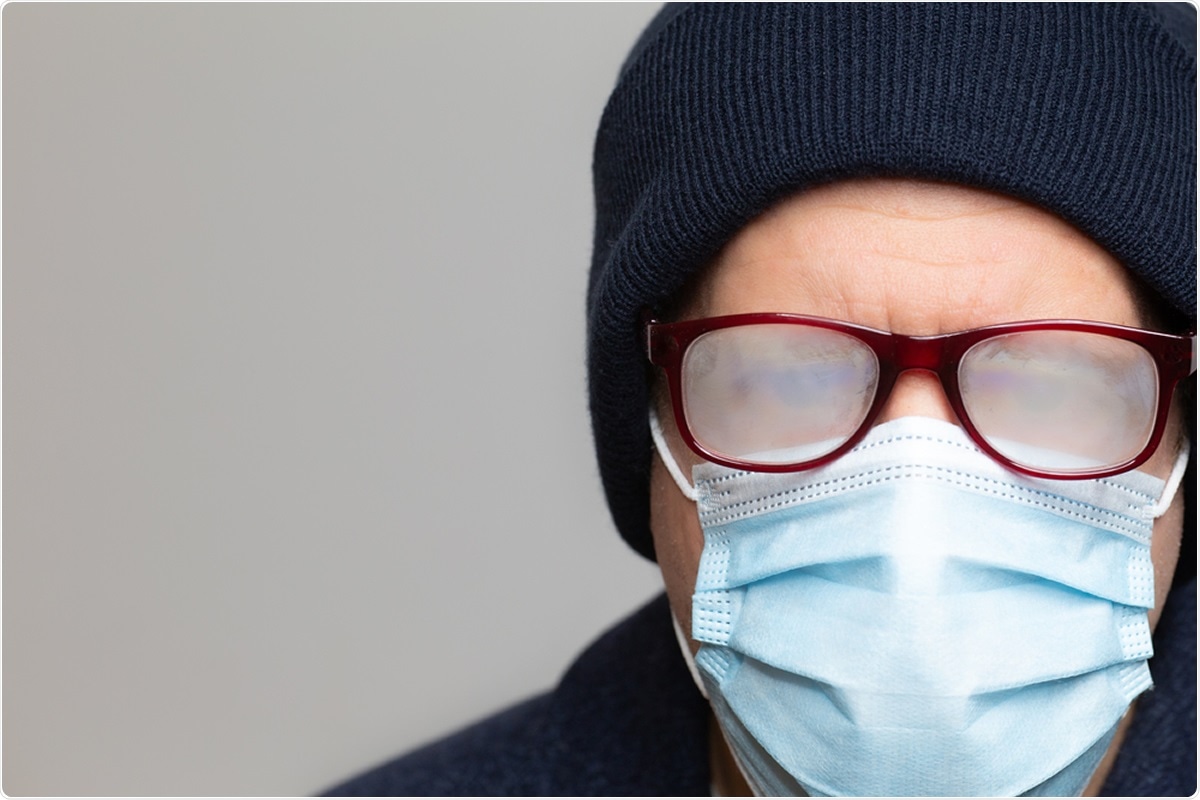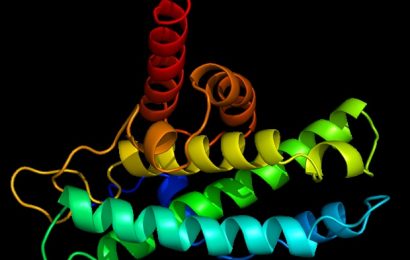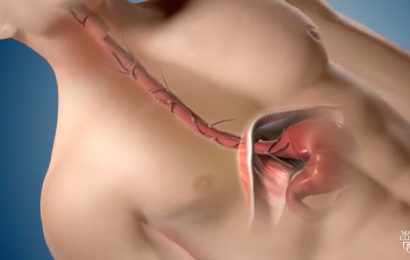In the fight against the coronavirus disease (COVID-19), caused by the severe acute respiratory syndrome coronavirus 2 (SARS-CoV-2), one of the weapons used by humans to prevent infection is wearing a facemask. Though many countries do not require this infection control measure, it can help protect against the inhalation of virus-laden droplets and aerosols.
A new study, published in the journal Biophysical Journal by researchers at the National Institute of Diabetes and Digestive and Kidney Diseases (NIDDK), part of the National Institutes of Health (NIH), showed that face masks increase the humidity in the air that the mask-wearers inhale. The level of moisture in inhaled air could be linked to lower levels of COVID-19 severity.

Humidity and respiratory diseases
Seasonality of respiratory diseases has been tied to low outdoor absolute humidity and low indoor relative humidity. During these times, there is increased evaporation of water in the mucosal lining of the respiratory tract.
Hydration of the respiratory tract is known to benefit the immune system. High levels of humidity can reduce the spread of a virus to the lungs. It promotes mucociliary clearance (MCC), a defense body mechanism that removes mucus and particles from the lungs.
Apart from this, a high humidity level can boost the immune system to produce special proteins called interferons. These combat viruses in a mechanism called interferon response, and may explain why it is more common for people to contract respiratory infections in the winter or cold seasons.
Humidity in face masks
The researchers demonstrated that the mask fibers absorb normal breathing results in an absorption-desorption cycle inside facemasks, wherein super-saturated air during expiration and evaporation during dry environmental air inhalation.
The researchers tested four common types of masks in the study, including the N95 mask, a three-ply surgical mask, a two-ply cotton-polyester mask, and a heavy cotton mask. They asked volunteers to exhale into a sealed steel box to measure the level of humidity.
The team took measurements at three temperatures from 46°F to 98°F. They found that when volunteers wore a mask, humidity buildup within the box markedly dropped. Further, all four masks tested increased the humidity level of inhaled air by varying degrees.
For double-layered cotton masks, which have considerable heat capacity, the inhaled air temperature rises above room temperature. The effective increase in relative humidity can surpass 100 percent.
“We propose that the recently reported, disease-attenuating effect of generic facemasks is dominated by the strong humidity increase of inspired air. This elevated humidity promotes mucociliary clearance of pathogens from the lungs, both before and after an infection of the upper respiratory tract has occurred,” the researchers wrote in the paper.
When there is a successful mucociliary clearance, it can delay and reduce infection of the lower respiratory tract, limiting disease severity. Masks can perform as protection against respiratory droplets and, at the same time, reduce the risk of infection by increasing humidity levels.
“We found that face masks strongly increase the humidity in the inhaled air and propose that the resulting hydration of the respiratory tract could be responsible for the documented finding that links lower COVID-19 disease severity to wearing a mask,” Dr. Adriaan Bax, NIH Distinguished Investigator, said.
“High levels of humidity have been shown to mitigate the severity of the flu, and it may apply to the severity of COVID-19 through a similar mechanism,” he added.
Besides, the increased humidity level is something most people wearing masks experience without realizing that it can reduce the risk of infection.
“This mode of action suggests that masks can benefit the wearer even after an infection in the upper respiratory tract has occurred, complementing the traditional function of masks to limit person-to-person disease transmission. This potential therapeutical use should be studied further,” the researchers concluded in the study.
Wearing face masks is part of the worldwide campaign in adhering to infection control measures. While vaccines are being rolled out, preventing infection may rely on protecting oneself from SARS-CoV-2 carriers. In addition to wearing masks, regular hand hygiene and physical distancing can reduce the risk of infection.
- Courtney, J., and Bax, A. (2021). Hydrating the Respiratory Tract: An Alternative Explanation Why Masks Lower Severity of COVID-19. Biophysical Journal. https://www.cell.com/biophysj/fulltext/S0006-3495(21)00116-8#%20
Posted in: Medical Research News | Disease/Infection News
Tags: Breathing, Cell, Cold, Coronavirus, Coronavirus Disease COVID-19, Diabetes, Flu, heat, Hydration, Hygiene, Immune System, Infection Control, Kidney, Lungs, Respiratory, SARS, SARS-CoV-2, Severe Acute Respiratory, Severe Acute Respiratory Syndrome, Syndrome, Virus

Written by
Angela Betsaida B. Laguipo
Angela is a nurse by profession and a writer by heart. She graduated with honors (Cum Laude) for her Bachelor of Nursing degree at the University of Baguio, Philippines. She is currently completing her Master's Degree where she specialized in Maternal and Child Nursing and worked as a clinical instructor and educator in the School of Nursing at the University of Baguio.
Source: Read Full Article


